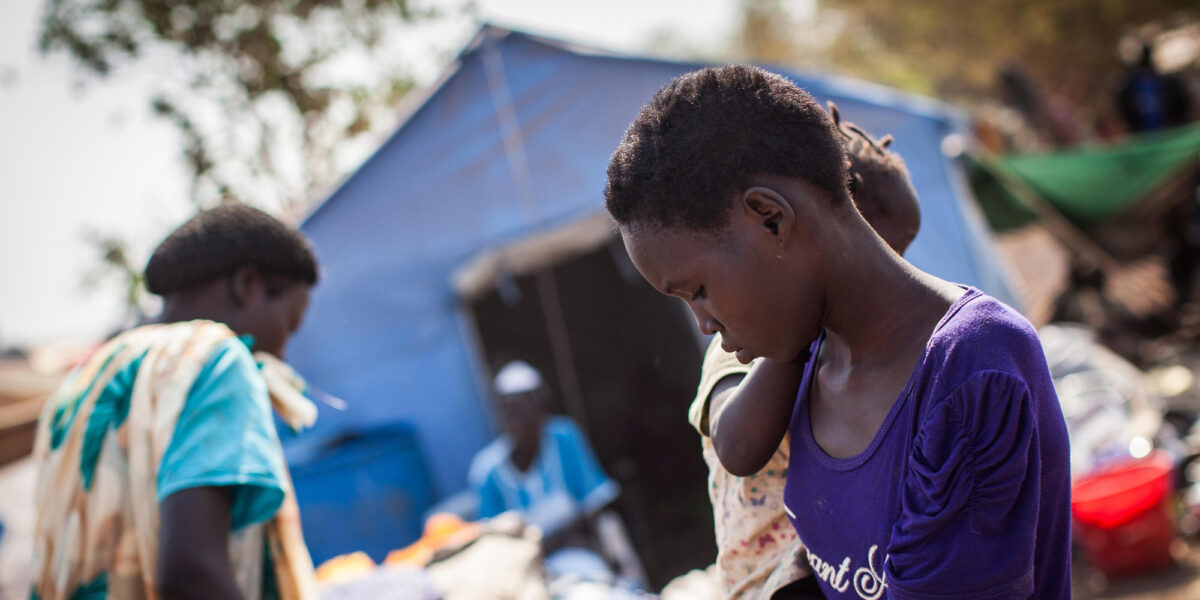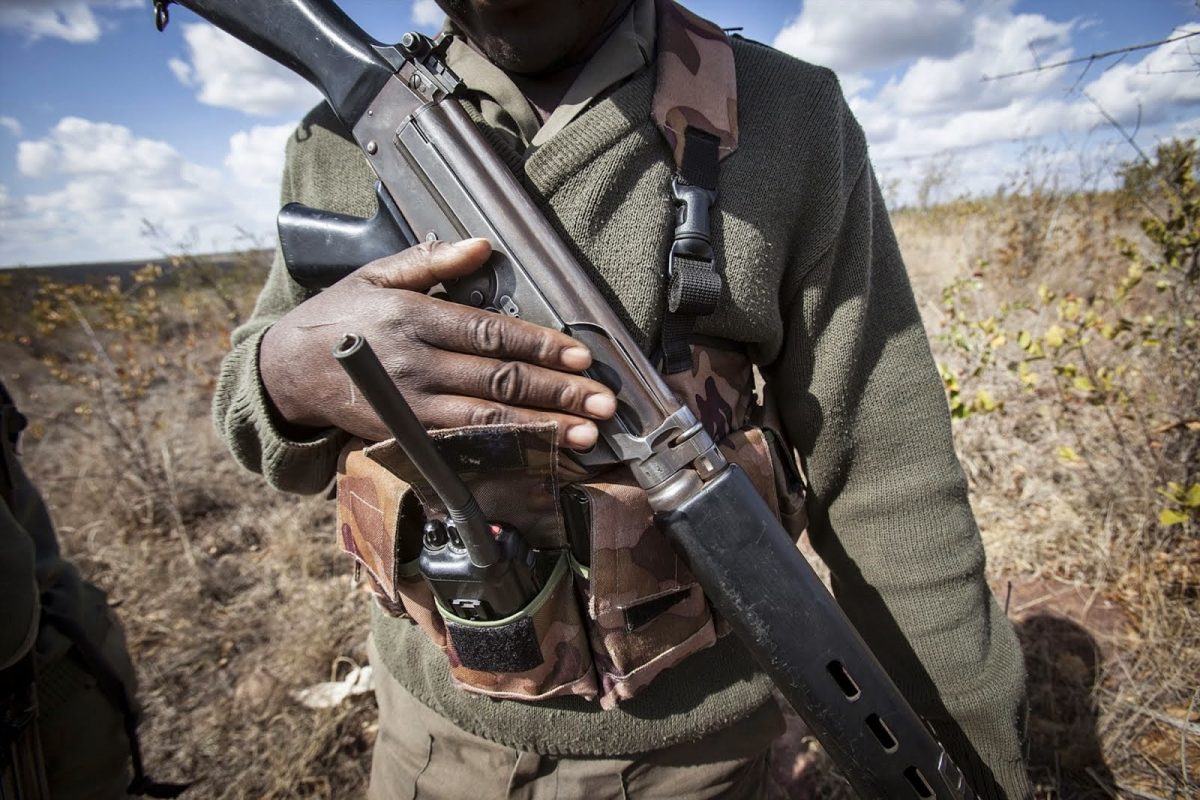GENEVA, Switzerland – The World Health Organization’s office for Europe on Thursday decried a decline in condom use by adolescents in recent years, warning of risks of infection and unplanned pregnancies in countries from Canada to central Asia.
The findings come in the latest report by WHO Europe on health behavior in school-age children and were drawn from surveys of nearly a quarter-million 15-year-olds across 42 countries between 2014 and 2022.
“While results varied widely across the countries and regions, the most important observed trend since the (health behavior in school-age children survey) in 2014 is of declines in some countries and regions in condom use among sexually active 15-year-olds,” said Dr. Hans Kluge, WHO Europe regional director, in a preface to the report.
He said the results, which also examined use of the contraceptive pill, were “dismaying” but “not surprising,” in light of neglected sexuality education in many countries. WHO and the authors urged decision-makers to do more to improve it.
In the countries where “age-appropriate” sexuality education is available, “it has increasingly come under attack in recent years on the false premise that it encourages sexual behavior,” Kluge added.
Among the sexually active teens surveyed, the percentage of boys who said they had used a condom in their last sexual intercourse dropped to 61% in 2022, from 70% in 2014. Among girl respondents, the figure dropped to 57% from 63% over the same span.
Overall, the proportion of teens who reported having intercourse remained “relatively stable” since 2014 — with one in five 15-year-old boys and 15% of girls of the same age reporting having had sex. The figure for boys was down slightly from 2018, when one in four reported having had intercourse.
Among other findings, teens from poorer, or “low-affluence,” families, were more likely to have reported not using a condom — one in three compared to one in four among teens from wealthier backgrounds, Copenhagen, Denmark-based WHO Europe said.
Condom use among girls was lowest in Albania (24%) and highest in Serbia (81%), the report found. For boys, the lowest rate of use turned up in Sweden (43%), while the highest rate was in Switzerland (77%).
















